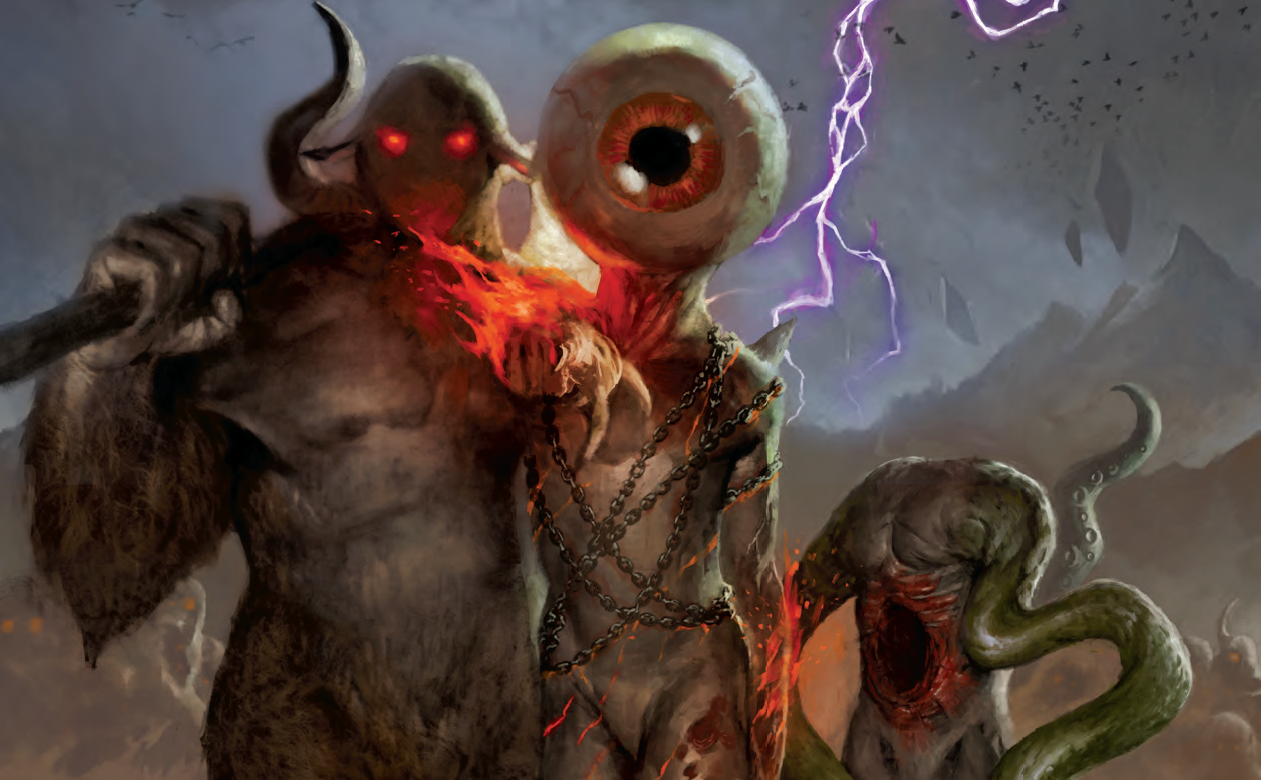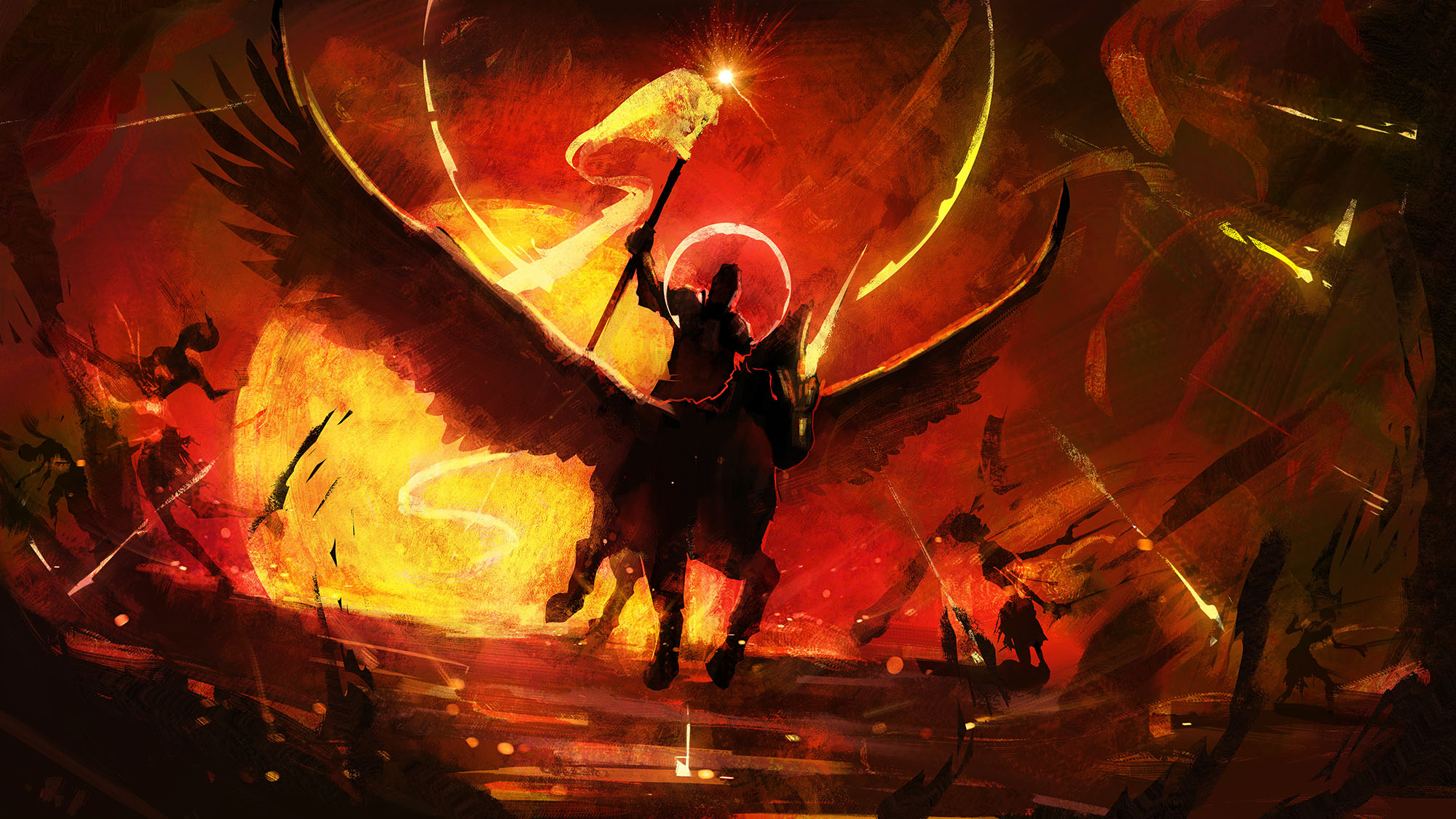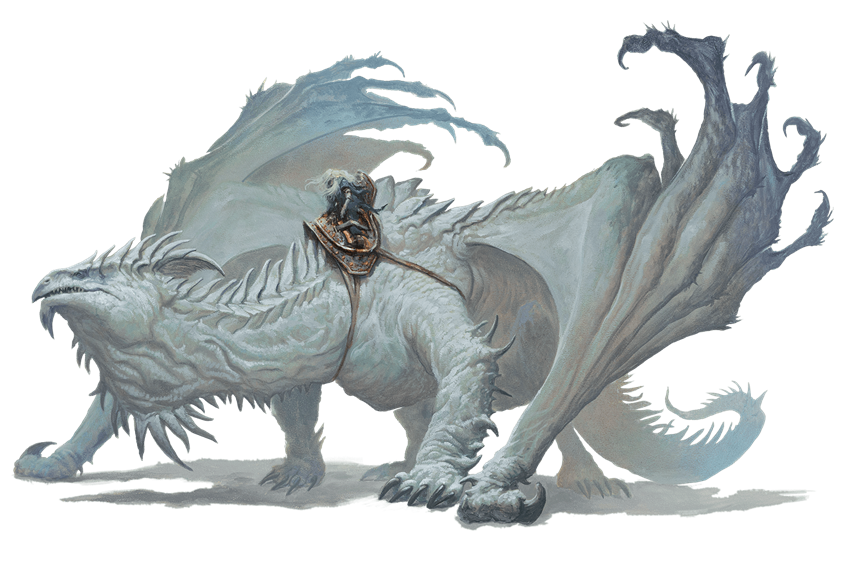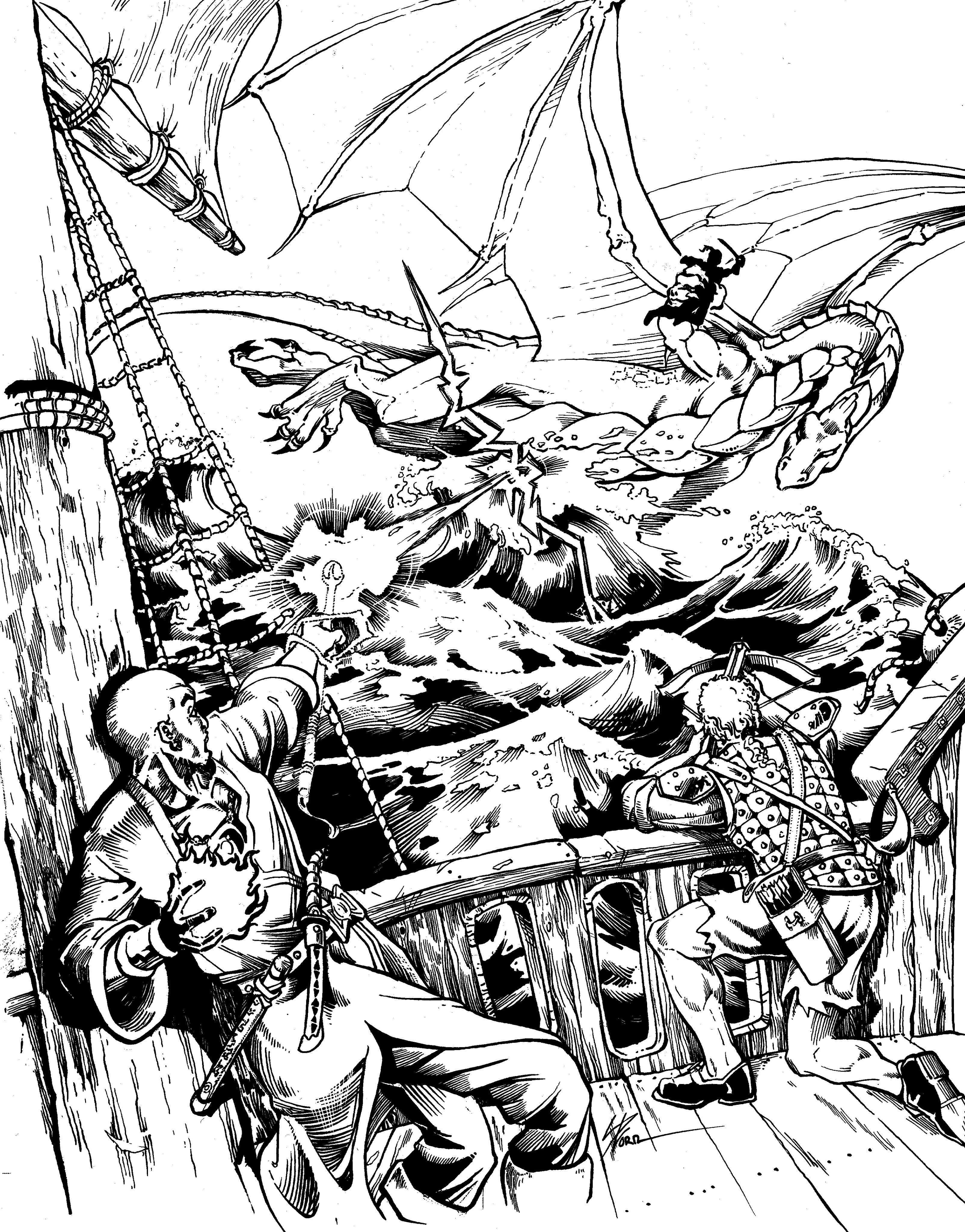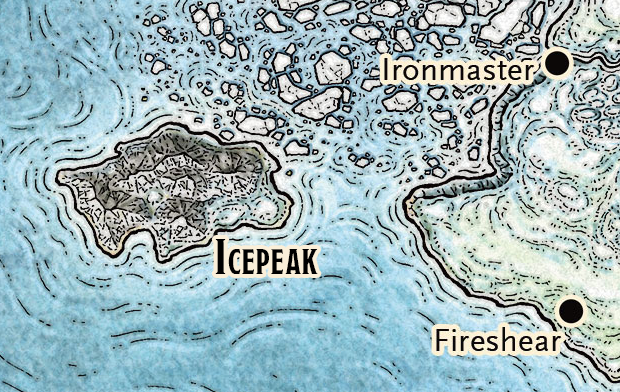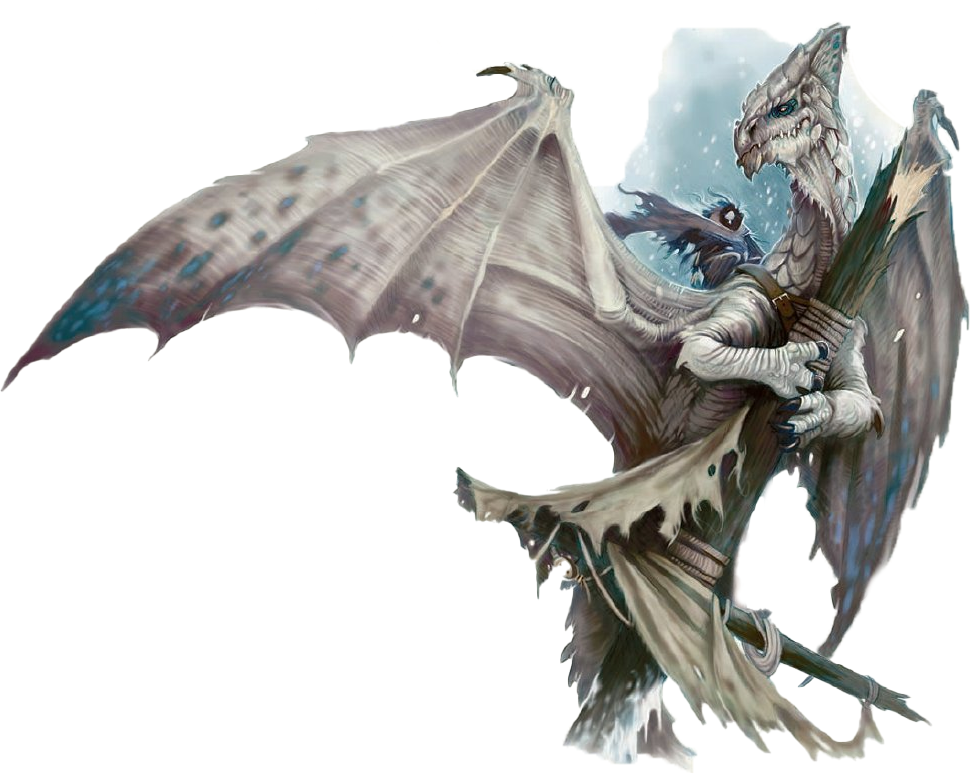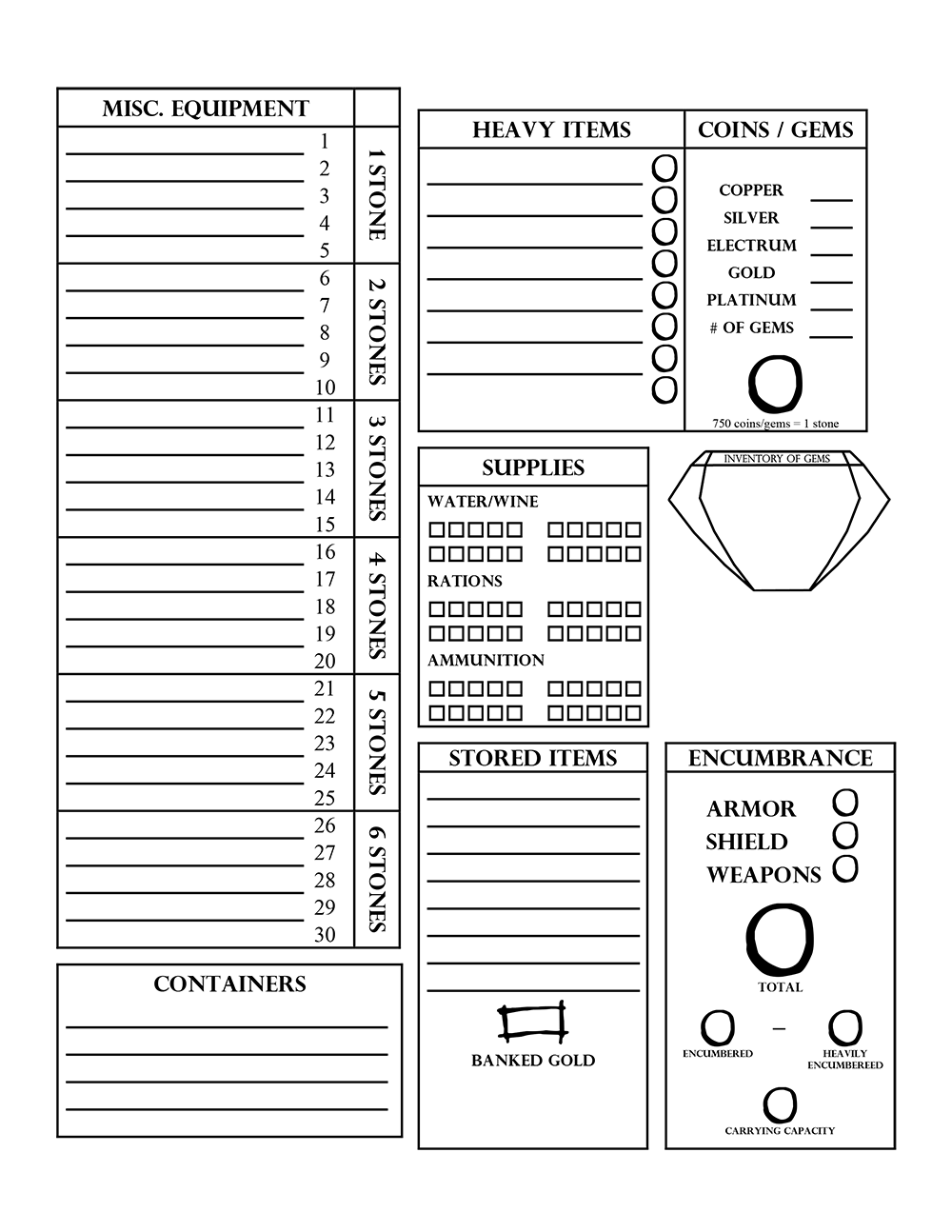DESIGNED ENCOUNTER TABLE
| Encounter | |
|---|---|
| Smiler the Defiler (DIA, p. 133) | |
| Boney Grab Bag (EIA, p. 5) | |
| Chain Rider (EIA, p. 5) | |
| Crater Raiders (EIA, p. 6) | |
| Demon Horde (EIA, p. 7) | |
| Devil Horde (EIA, p. 7) | |
| Demon/Devil Prisoner (EIA, p. 7) | |
| Fiendish Betrayal (EIA, p. 8) | |
| Poppet Masters (EIA, p. 10) | |
| Stirge Swarm (EIA, p. 10) | |
| Ghost in the Machine (IE, p. 6) | |
| Glyph of Hell (IE, p. 6) | |
| Hellish Hitchhikers (IE, p. 6) | |
| Help? (IE, p. 6) | |
| Traveling Infernal Garage (IE, p. 7) | |
| Lost Coffer (IE, p. 7) | |
| Motivational Sculptures (IE, p. 8) | |
| My Pile of Meat and Treasure (IE, p. 8) | |
| Robed Watcher (IE, p. 9) | |
| Allip's Secret | |
| Cadaver Collector | |
| Orthon Hunter | |
| Escort to Dis | |
| Lemure Harvest | |
| Sin Bearer | |
| Feasting Swarm | |
| Faces of Bellandi | |
| Chernobue Stalker | |
| Abyssal Sky Harriers | |
| Escapees from Elturel |
ALLIP’S SECRET: An allip (TOF, p. 116) wanders Avernus. This particular allip was formed when the Bloody Cyst formed around Yael and Lulu. Its whispers of madness ability reveals fractured images from the Second Visit to Idyllglen (see Part 6D-B). This allip (or others formed in the same instant) might have other secrets which belonged to Yael or Lulu.
CADAVER COLLECTOR: A cadaver collector (TOF, p. 122) has been collecting demonic corpses, which are pinioned to its back.
ORTHON HUNTER: An orthon (TOF, p. 169) has been sent to kill one or more of the PCs. (Who sent it and why, exactly, they want the PCs dead will depend on exactly what sort of mischief they’ve been getting up to in your campaign.) This particular orthon is quite sporting, and will start by openly approaching the PCs and explaining that, with its deepest apologies, it will begin hunting them thirty hours from now. They should make whatever final arrangements they need to, because then they will surely be dead. “Good luck! I look forward to a good, fair challenge!”
If the PCs attempt to immediately attack the orthon, he will consider this a breach of good sportsmanship. If he can escape, he will contact two additional orthons to form a triumvirate who will ruthlessly hunt the PCs.
ESCORT TO DIS: A corruption devil (EGD, p. 175) named Drograxol is being carried across Avernus on a bower by a dozen corrupted followers (EGD, p. 176). They are accompanied by an Enforcer of Dis (BOF, p. 154) who serves as Drograxol’s body guard.
Drograxol is an ambassador from Dis who is now returning to the Second Layer of Hell. (He’s heading for Tiamat’s Lair in Hex C1 and the Gate Tower of Dis that lies within it.) If he is successfully engaged in repartee, he may bemoan the hardship of his work in recent centuries. Relations between Dispater and Zariel have been… difficulty since the Siege of Dis during the Reckoning.
LEMURE HARVEST: A malebranch (SSA, p. 27) is often dispatched to collect wayward souls. This one, named Kaziron, has gathered a half dozen lemures (MM, p. 76) who are leashed to him with hooked chains. He is hoping to gather more before returning to the Purple City (Hex F2), and would be glad to hear of any recent lemure sightings. (He’d also be interested in any reports of nupperibo.)
SIN BEARER: The soul of a man or woman (commoner or cult fanatic; MM, p. 345) walks the Avernian wastelands with heavy tablets of lead strapped to their back. The tablets are inscribed with all the sins they committed in their mortal life.
FEASTING SWARM: A feasting swarm (BOF, p. 74) has settled upon the bodies strewn across a recent battlefield, stripping flesh from devil and demon corpses alike. (You can roll on the Procedural Encounters table to determine the corpse types.)
FACES OF BELLANDI: High Watcher Naja Bellandi, who formed the Pact with Zariel which ultimately led to Elturel’s fall, was damned to Hell. She wanders the Avernian wastelands as a faces of the great (BOF, p. 94), with the important distinction that rather than being made up of the faces of many different mortals, Bellandi’s bloated form carries many different versions of her own face — all of which mutter and murmur, constantly debating each other over whether she was right to do what she did; what she could have done different; how unfair it was that she was betrayed before she could make it right; and so forth.
If the PCs can interpret through her madness, they may be able to learn much of the history behind Elturel’s fall.
CHERNOBUE STALKER: A chernobue (BOF, p. 194) begins following the PCs at a distance. A chernobue has the appearance of a large, scuttling, filth-encrusted eye. It keeps far away from the PCs, often lurking right at the edge of the horizon or peering down at them from the top of some distant hill. It watches them without surcease.
ABYSSAL SKY HARRIERS: High above the PCs’ heads, an abyssal dragon (BOF, p. 204) flies by. It is beset by a dozen squads of the 3rd Aerial Cohort of the 5th Legion (which is based out of Zariel’s flying fortress). The dragon has been separated from the demonic frontlines and driven deep into Avernus, harried constantly by the aerial cohort who are hoping to take the beast down once and for all.
ESCAPEES FROM ELTUREL: This encounter indicates that the PCs have met someone else who has chosen to leave Elturel and seek their own fortune in Hell. You can roll on the table below to determine what Elturian faction they belong to:
| Elturian Faction | |
|---|---|
| None (Commoners) | |
| Hell Knights | |
| Zarielite Cultists | |
| Ikaia's Followers | |
| Ravengard's Peacekeepers | |
| Liashandra's Demons | |
| Devil Raiders |

